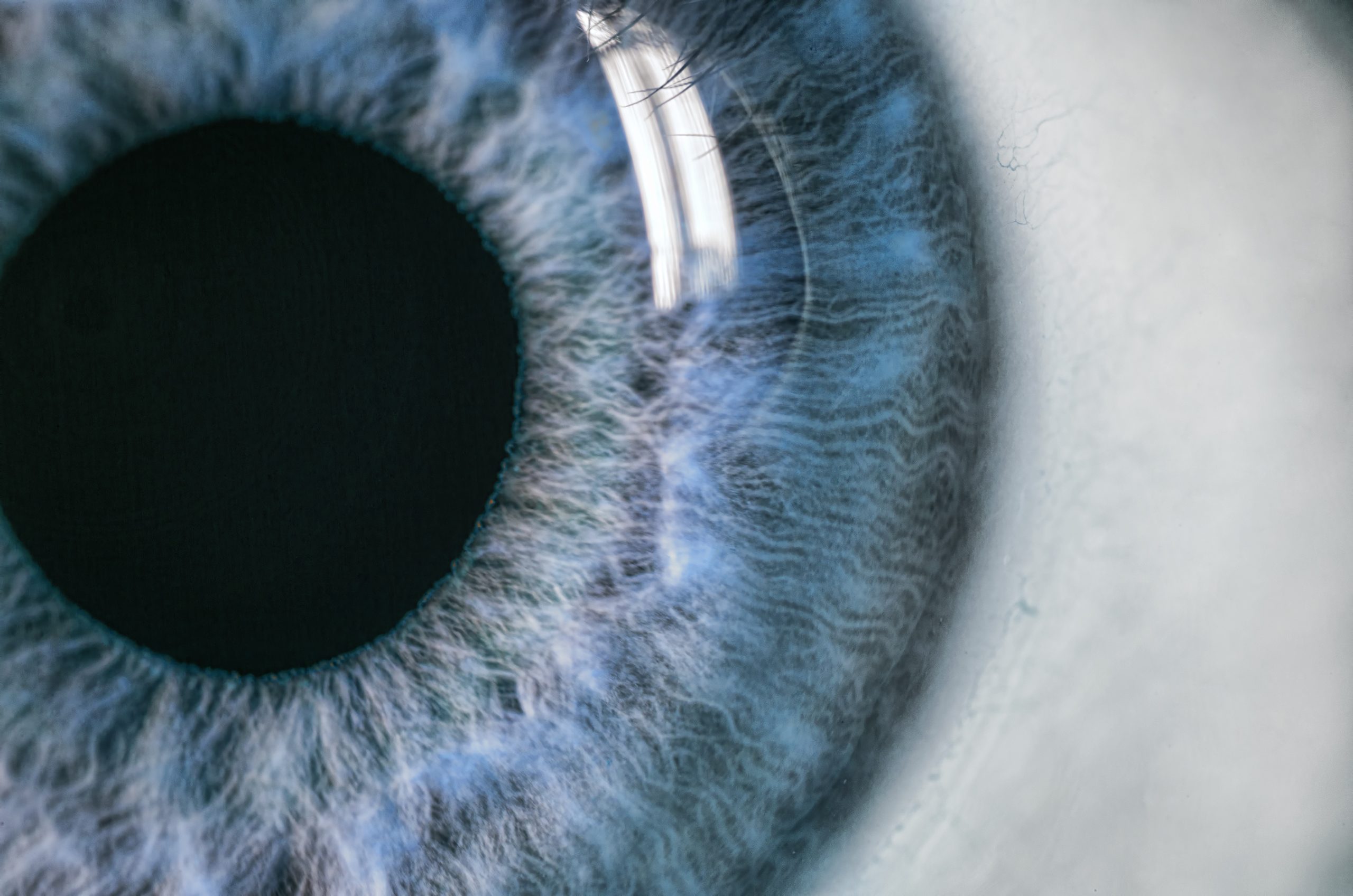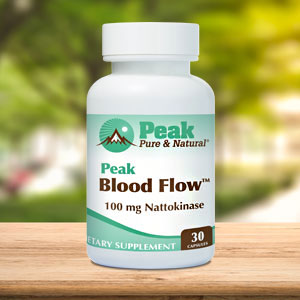Get Easy Health Digest™ in your inbox and don’t miss a thing when you subscribe today. Plus, get the free bonus report, Mother Nature’s Tips, Tricks and Remedies for Cholesterol, Blood Pressure & Blood Sugar as my way of saying welcome to the community!
10 hidden health problems your eyes can reveal

Shakespeare once said that the eyes are the windows to the soul, expressing the belief that a person’s emotions can be read through their eyes.
But that’s not all that the eyes can reveal…
It turns out that our eyes can provide a glimpse into what else can be going on in the body, including hints about many health ailments — and not just those affecting the eyes.
In some cases, they can even lead to life-saving early detection.
Here are 10 of them…
Brain tumor
A simple visual field measurement can reveal abnormalities, but often patients are either unaware of them or consider them so benign that they don’t bother to report them. It’s important to make note of any visual field abnormalities because they can indicate brain tumors, such as pituitary adenoma.
Diabetes
Screening for diabetes is an area that’s ripe for improvement, especially since it often is not diagnosed until six to 13 years after its onset. An eye exam might speed that up — as well as prevent vision loss…
Lesions, characteristic of diabetes, can appear at the back of the eye before other symptoms are known. Slashing this delay is crucial because, within five years of diagnosis, 25 percent of patients with type 1 diabetes and 40 percent of those with type 2 diabetes who are treated with insulin will develop eye lesions that can have a major impact on vision.
Early identification and rigorous monitoring of eye health significantly reduce the risk of blindness, which can happen when diabetes goes untreated.
High blood pressure and high cholesterol
High blood pressure and high cholesterol can significantly increase the risk of coronary heart disease or stroke. Yet high blood pressure, referred to as a “silent killer,” can go unnoticed until it’s a significant problem.
As strange as it might sound, the eye can be used to diagnose both of these conditions. This is because the eye is the only part of the body where blood vessels can be seen without requiring an incision or invasive techniques.
For instance, high blood pressure can be identified by unusual bends, kinks, or bleeding from blood vessels in the back of the eye, as well as definite signs on the retina. Hypercholesterolemia creates cholesterol deposits and atherosclerosis creates Hollenhorst plaques, both of which are visible inside the eye blood vessels. Cholesterol can also be seen in the cornea or the adnexa of the eye.
Lupus
This inflammatory disease, in which the body attacks its own tissues and organs, can be indicated by dry eye, as well as by swelling in the white part of the eye, the middle layer of the eye or the light-sensitive tissue in the back of the eye.
Lyme disease
This infection is transmitted by ticks and results in inflammation throughout the body. Many people with Lyme disease experience inflammation of the optic nerve, as well as an increase in “floaters,” small specks that drift across their field of vision, at the onset of infection.
Multiple sclerosis
About half of people with multiple sclerosis (MS) have optic neuritis, a condition in which the optic nerve becomes inflamed. Symptoms can include blurry vision, the sight of “washed out” colors and eye pain for a few days when you move your eyes.
MS can also be indicated by double vision or involuntary eye movements.
Cancer
Cancers that affect the eye, like retinoblastoma, can also cause metastases to the lungs and liver. The disease often develops without symptoms until it’s too late, so early detection is crucial.
Another cancer clue visible in the eye is congenital hypertrophy of the retinal pigmented epithelium (CHRPE). It appears as a shape that looks similar to a bear’s paw and may be associated with colon cancer, which is often not diagnosed until the later stages.
Rheumatoid arthritis
Red eyes with deep, severe pain can be a harbinger of rheumatoid arthritis (RA). This symptom indicates scleritis, a painful inflammation of the sclera, the white part of the eye, that requires treatment. Many people with RA also suffer from dry eye.
Thyroid disease
Hyperthyroidism can cause protruding eyeballs and retracted eyelids. This is most commonly caused by Graves’ disease, a condition in which the thyroid produces too much or too little hormone. This condition can also be accompanied by dry eye, blurry vision, or vision loss.
Get your eyes checked
If you have abnormal eye movements, asymmetric pupillary responses, sudden reading problems or the appearance of double vision, it’s time to visit your optometrist. They can help determine whether you need to be seen by an ophthalmologist for further diagnosis and treatment. Your ophthalmologist can refer you to another specialist if the condition extends beyond the eyes.
Editor’s note: There are perfectly safe and natural ways to decrease your risk of blood clots including the 25-cent vitamin, the nutrient that acts as a natural blood thinner and the powerful herb that helps clear plaque. To discover these and other secrets of long-lived hearts, click here for Hushed Up Natural Heart Cures and Common Misconceptions of Popular Heart Treatments!
Sources:
Your Eyes Can Shed Light on Underlying Health Problems — Science Alert
MS eye and vision problems — MS Society
20 Surprising Health Problems an Eye Exam Can Catch — American Academy of Ophthalmology














